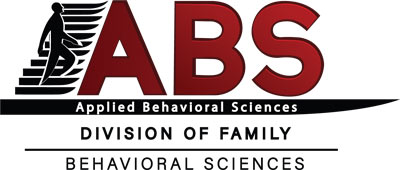
The Deep-Seated Issues of Untreated Trauma
Trauma has woven itself into the fabric of everyday life, affecting countless individuals struggling to cope with its devastating impacts.
Trauma is all around us. Whether from a distressing event in childhood or recent grief and crisis, trauma has likely touched each of our lives in some way. However, the disturbing prevalence of unaddressed and untreated trauma constitutes a hidden epidemic with severe societal consequences. What are the intricacies surrounding trauma, the barriers to treatment, and the essential steps needed to promote healing?
The Scope of the Problem
The statistics on trauma are staggering. According to research, up to 90% of people in the general population have experienced at least one traumatic event during their lifetime. Of those, many develop lasting trauma-related struggles, with only around 30% ever receiving treatment. As trauma goes unrecognized and untreated in so many, it inflicts suffering on a massive scale. From perpetuating mental health issues to damaging relationships and inhibiting well-being, the personal effects are immense. Moreover, this hidden epidemic extracts a heavy toll at the community level as trauma threatens collective potential and progress. Simply put – unaddressed trauma produces a broken, spiraling-down population.
Unmasking the Complexities
The popular use of the term “trauma” fails to capture its intricate nature. Trauma encompasses both acute, shock-based experiences like disasters or assaults, and chronic exposures during formative periods of child development. Its diverse manifestations traverse categories like:
- Emotional trauma
- Physical trauma
- Psychological trauma
- Collective cultural trauma
With such multifaceted conditions for trauma to take root and corresponding complexity in symptoms, recognizing and properly diagnosing it poses obstacles that keep treatment out of reach for many in need.
The Ongoing Struggle
Unresolved trauma, especially when originating in childhood, inflicts profound and enduring scars. Impressionable developmental years form the foundation for cognitive functioning, emotional regulation, relationships, and more. Trauma fundamentally alters and impairs this foundation, setting off ripple effects throughout one’s life.
Difficulty with relationships, harmful habits, flare ups of symptoms, and even personality disorders frequently emerge from untreated early childhood trauma. A self-perpetuating downward spiral fuels further damage over time. Proper trauma-informed interventions can mitigate negative trajectories substantially.
The Societal Toll
Individual trauma amplified societally inflicts grave impacts – populations laden with mental illnesses, addictions, and community polarization. Unresolved cultural and identity-based traumas further the downward spiral.
Social fabric frays while economic progress stalls. Public assets drain managing afflicted groups. Thereby, trauma’s heavy societal toll enables an enormous waste of potential. Promoting healing promises quality of life improvements but hinges on first acknowledging trauma’s immense ripple effects.
Confronting the Barriers
Clearly, massive advantages exist from promoting trauma recovery on a societal level. Yet, multiple barriers obstruct the path to healing and allow this hidden epidemic to fester. The stigma surrounding mental healthcare prevents many from seeking out trauma-focused services. When combined with a general lack of awareness about trauma, lack of access to financial treatment providers, and broader system inequities – you have a perfect storm blocking off routes to support.
Spreading Awareness
It doesn’t have to be this way. Trauma education is vital, teaching recognition of personal trauma risks and fostering empathy for others facing traumatic experiences. Alongside outreach efforts, expanding access to comprehensive, affordable trauma-focused mental healthcare constitutes another essential pillar for fighting this hidden epidemic. Just think how communities might flourish if all the wasted potential and promise are swallowed by trauma’s destructive march.
Conclusion
The heavy burden exacted from the masses currently struggling with unresolved trauma makes clear this hidden epidemic warrants so much more attention, engagement, and activism. Lives hang in the balance. Community vitality depends on healing trauma and its societal ripple effects. Yet, possibility forever exists while there is breath. It’s not too late to learn, listen, extend compassion plus resources, and help spark the curative process both individually and collectively.
